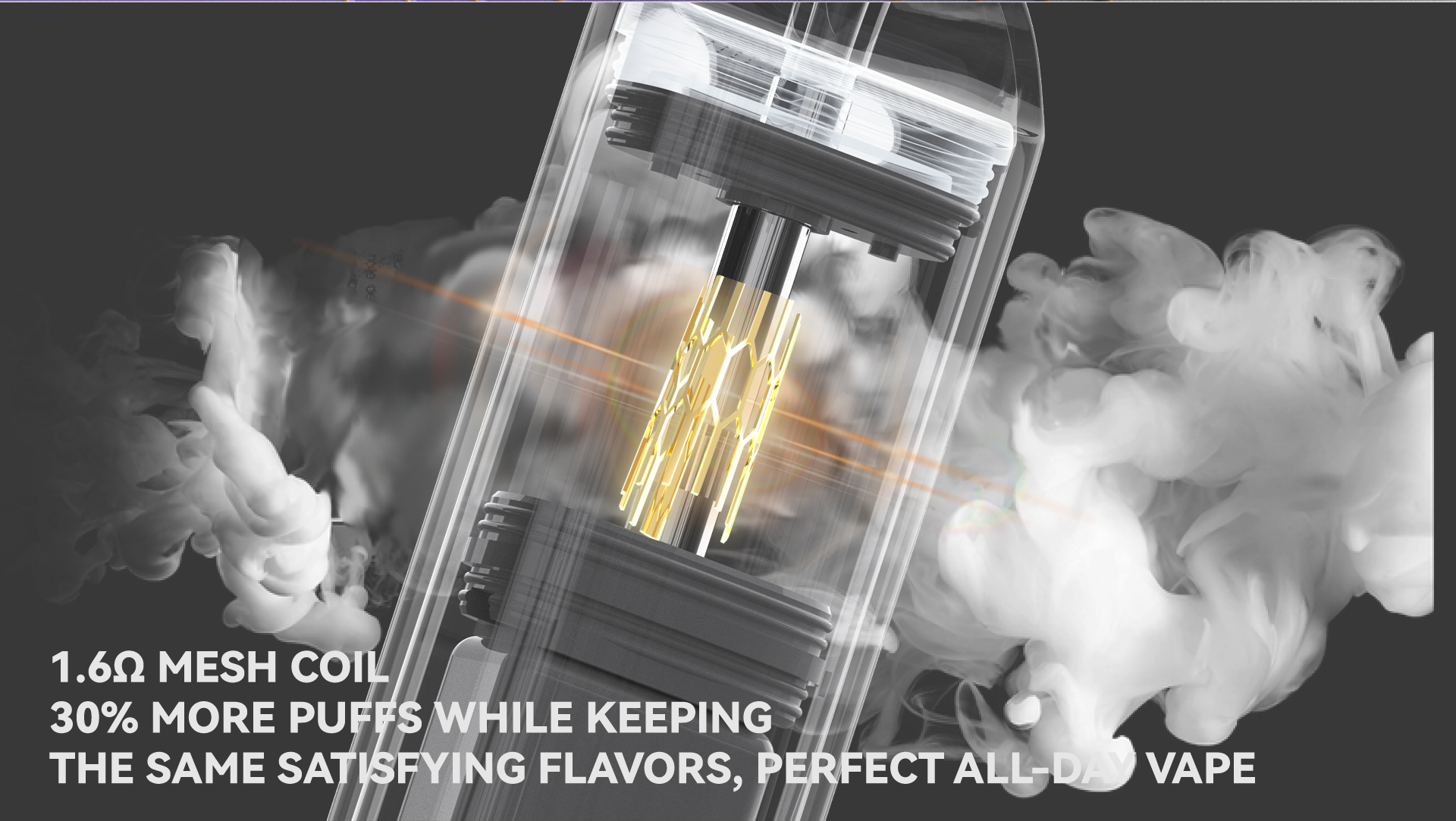您的购物车目前是空的!

Introduction
The U.S. vape industry is facing a pivotal moment as Brian King, Director of the FDA’s Center for Tobacco Products (CTP), has been abruptly removed from his position and reassigned to the Indian Health Service. This unexpected leadership change comes alongside layoffs of dozens of CTP staff, including key personnel involved in drafting e-cigarette regulations and policy development.
The shakeup follows years of mounting criticism from anti-tobacco groups, politicians, and vape manufacturers—each with conflicting demands on how the FDA should regulate vapor products. While public health advocates push for stricter enforcement against fruit-flavored vape products (often imported from China), the industry argues that excessive restrictions stifle innovation and prevent adult smokers from accessing harm-reduction alternatives.
This article examines:
✔ Why Brian King was removed from the FDA
✔ The ongoing battle over flavored e-cigarettes
✔ How this affects vape businesses & consumers
✔ What changes may come next for U.S. vape regulations
Brian King’s Tenure at the FDA: A Controversial Legacy
1. King’s Strict Stance on Flavored Vapes
Brian King joined the FDA in 2022, taking charge during a critical period for e-cigarette regulation. Under his leadership, the CTP:
- Denied millions of Premarket Tobacco Applications (PMTAs) for flavored vape products, citing insufficient evidence that they benefit adult smokers.
- Targeted disposable vapes (particularly fruit-flavored vape brands like Elf Bar, Lost Mary, and Esco Bars) for illegal marketing to minors.
- Faced multiple lawsuits from vape manufacturers challenging PMTA rejections.
2. Youth Vaping Declined—But at What Cost?
While King’s policies contributed to a decade-low in teen vaping, critics argue his approach:
- Failed to distinguish between illicit disposables and legal, regulated products.
- Delayed approvals for less harmful alternatives (like nicotine pouches & tobacco-flavored vapes).
- Created market confusion, allowing black-market vapes to thrive.
3. Why Was King Removed?
The FDA has not officially explained his reassignment, but possible reasons include:
- Pressure from Congress & anti-tobacco groups to accelerate enforcement.
- Industry backlash over slow PMTA approvals.
- Biden administration shifts ahead of the 2024 election.
The Ongoing Battle Over U.S. Vape Regulations
1. Anti-Vaping Groups vs. Harm Reduction Advocates
| Side | Key Arguments |
|---|---|
| Anti-Tobacco Groups | – Flavors attract teens – Ban all non-tobacco vapes – Strengthen enforcement |
| Vape Industry | – Adults prefer flavors for quitting smoking – Over-regulation fuels illicit market – FDA should speed up approvals |
2. The PMTA Backlog: A Major Point of Contention
- Thousands of applications remain pending, leaving businesses in limbo.
- Only 23 e-cigarette products are currently FDA-authorized—all tobacco-flavored.
- Disposable vapes dominate illegal sales, as most lack PMTA approval.
3. Will the FDA Change Course Under New Leadership?
Possible scenarios:
✔ Stricter crackdowns on flavored disposables (especially fruit-flavored vape brands).
✔ Faster approvals for tobacco/menthol vapes & nicotine pouches.
✔ More enforcement actions against Chinese manufacturers.
Impact on Vape Businesses & Consumers
1. For Manufacturers & Distributors
- Increased seizure risks for unauthorized products.
- More PMTA rejections likely unless stronger data is submitted.
- Shift toward FDA-compliant products (tobacco/menthol).
2. For Vape Retailers
- Stricter age verification requirements.
- Raids on stores selling illegal disposables may rise.
- Legal vape prices could increase due to compliance costs.
3. For Consumers
- Fewer flavor options as illicit products are removed.
- Higher costs for FDA-approved vapes.
- Possible return to smoking if access to harm-reduction products declines.
Global Implications: Is the U.S. Setting a Trend?
The FDA’s policies often influence other countries. Recent moves suggest:
✔ More bans on flavored vapes (following Canada, EU).
✔ Stronger customs enforcement (like Philippines’ recent vape destruction).
✔ Growing divide between prohibitionist vs. harm-reduction approaches.
How Vape Businesses Can Prepare
1. Ensure PMTA Compliance
- Submit thorough applications with clinical data.
- Focus on tobacco/menthol products (easier to approve).
2. Diversify Product Offerings
- Explore nicotine pouches & FDA-approved vapes.
- Avoid stocking illegal disposables (high seizure risk).
3. Advocate for Smarter Regulations
- Support industry groups (like SFATA, VTA).
- Push for science-based policies (not flavor bans).
Conclusion: What’s Next for the U.S. Vape Market?
Brian King’s removal signals a potential shift in FDA vape policy—but in which direction? While anti-tobacco groups demand stricter bans, harm-reduction advocates hope for a more balanced approach.
Key Takeaways:
✅ FDA CTP Director Brian King removed amid regulatory disputes.
✅ Flavored vape bans reduced youth use but hurt legal businesses.
✅ PMTA delays & enforcement gaps persist—new leadership may bring changes.
✅ Vape sellers must prepare for stricter rules or pivot to compliant products.
For vape businesses, staying informed and adapting will be crucial in 2024’s evolving regulatory landscape.
Latest Posts
- The Truth About Vaping: Health Risks of E-Cigarettes and Fruit Flavored Vape Products

- Russia’s New Vape Retail Licensing System: What It Means for the Global E-Cigarette Industry

- U.S. Supreme Court Upholds FDA’s Ban on Flavored Vapes: What It Means for the E-Cigarette Industry

- Vaping in Classrooms: UK Teachers Report Growing Epidemic Among Schoolchildren

- UK Authorities Seize £26,000 in Illegal Vapes & Tobacco: Crackdown Intensifies on Unregulated E-Cigarette Trade


